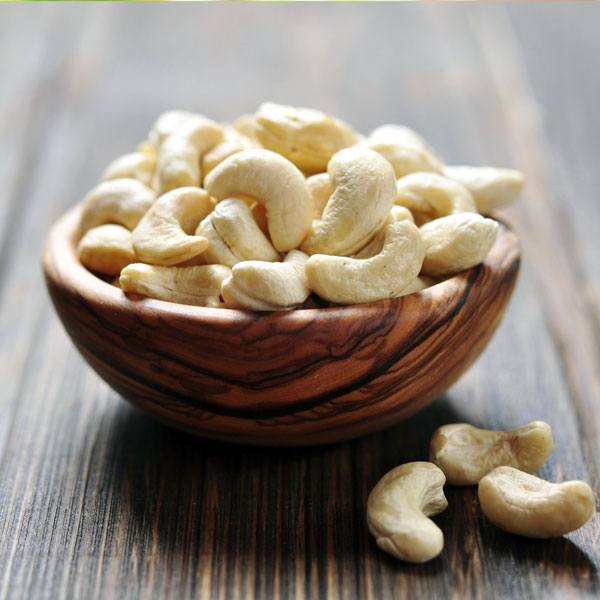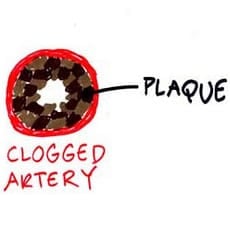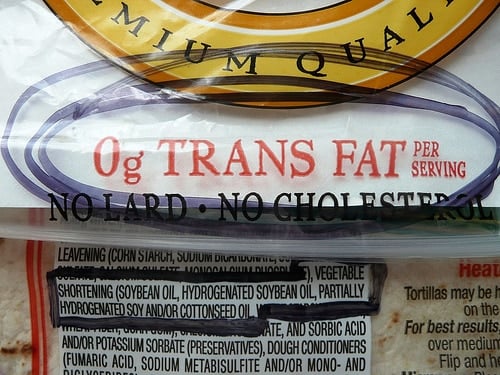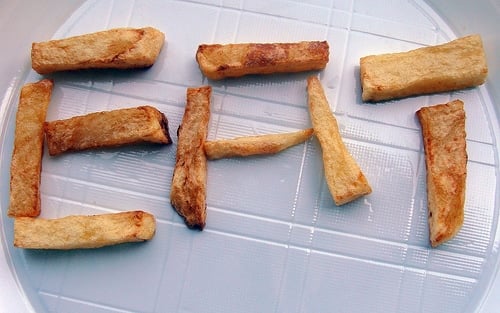The Cooking Oil Comparison Chart
Feb 13, 2012, Updated Jun 28, 2020

You already know that Extra Virgin Olive Oil is good for you. But what do you choose when it’s time to branch out and try something new? There are a lot of cooking oils out there, and many have misleading health claims on the label. It can be a bit overwhelming when you walk down the oil aisle in the store.
Some oils are very healthful, others not so much — and for different reasons. How do you know what’s really important when choosing a cooking oil? And how do you keep track of them all?
Why, with The Cooking Oil Comparison Chart, of course!
I’ve teamed up with Andy Bellatti, MS, RD, to help answer these questions with this chart. (If you don’t already follow Andy, you’re missing out.) We’ve created a one-page, printable PDF that you can take with you to the grocery story (or stick up on your fridge), that will help guide you through the labyrinth of oils.
We focused on two main factors, healthfulness and temperature-sensitivity, since some oils lose their health benefits when heated. Using a grid that makes it easy to see where each oil falls on the spectrum, you’ll be able to tell at a glance which oils to use for your salad, and which to use for your next stir-fry — and which oils to avoid altogether. We’ve also included some secondary details about each oil, along with some important pitfalls to watch out for.
Andy has written a post on his blog explaining the science behind our oil comparisons, so you’ll know why each oil is where it is on the chart. So click on over to Andy’s post to get the nitty-gritty, and then come back here and get the PDF.
The Cooking Oil Comparison Chart
792kb PDF, Last updated June 20, 2017
—
If you’d like to share this chart on your own website or blog, please be respectful (and law-abiding) and share it simply by linking directly to this post. Please do not link directly to the PDF or copy the entire chart to your own site. You may use the image at the top of this post on your own page, if you like. Thanks!
—
PS – Huge thanks to Andy for jumping on board when I proposed this project to him. I had a ton of fun collaborating with him, and appreciate his enthusiasm and expertise!
—
You may also like my other printables:
The Healthy Breakfast Flowchart
The Smoothie Flowchart
A Guide to the My Plate Icon
How to Read the Nutrition Facts Panel





















Hi wonderful healthy minded team! I have always been under the impression that the olive oils that are great for you are the first pressed- i.e. extra virgin olive oil. If this is the case, anything above a simmer is no good for it, the fat compounds change dynamic. Is that wrong?
Hi Skylor! As long as you don’t go past the smoke point (about 375-400 degrees Fahrenheit), it’s okay to cook with olive oil. That’s why it’s to the left of some of the other oils — it’s not good for high-heat frying.
Really Good! I struggle to get the latest info on all this stuff.And I think you must be a graduate of Integrative Nutrition!
I just started their course and recognize the fact that you have followed many of the tips I just listened to in the first module. More good news for me!
Hi Ellen! I actually haven’t studied at IIN — though I have quite a few friends who have, and speak highly of it. Hope your studies go well! 🙂
There is a bunch of differing information. How do we know what studies to believe?
Hi Nick,
This is the hardest part of nutrition research. It’s not necessarily about “believing” the studies; it’s more about understanding exactly what the studies are showing and figuring out if they’re accurate and can be expanding to include larger recommendations. Usually, studies have a very small and specific focus — but when it’s reported to the media, it can get quickly blown out of proportion. I wrote about this recently – http://www.eatingrules.com/2012/06/remember-this-when-reading-studies/
Hope that helps!
I had no idea you can even cook with avocado oil (and I’ve been to culinary school!). Sweet!
Now I have to figure out where to find it.
My pleasure, Andrew. It’s an awesome chart!
Just thought you’d like to know, I included a link to your chart in my April blog roundup: http://squarepennies.blogspot.com/2012/05/april-blog-round-up-april-flowers.html
Thanks again for this very helpful chart. I have it on my refrigerator!
Thanks, Maggie! 🙂
It would be very helpful if the smoke points were listed. I would love to find the highest smoke point with the best nutrition profile.
My husband has an absolute addiction to chips and salsa, and I like tostadas. Would love to find an oil that could actually fry at higher temperatures. I thought grapeseed oil was the answer, but can see from your chart that it is not.
The left-right axis is based on the smoke points and the temperature sensitivity of the oils — so the oils further to the right do indeed have higher smoke points.
Avocado oil might be a good option for you?
Excellent resource!!
The is the perfect chart that I’ve been looking for. Now that I’ve found it, I hope you do not mind if I link to your chart from my article What is the Best Cooking Oil to Cook With?
I knew corn oil is among the worst. And unrefined coconut oil is a great oil to cook with. But after reviewing the chart, I will definitely have to look into avocado oil.
Hi,
I love the chart! Great organization. I work for a company that makes natural and organic expeller pressed cooking oils and the one thing I don’t see is mention of the difference between expeller pressing (machine) and hexane extraction (chemical). I think that’s an important point.
Also, there is a shortening alternative!! A non-hydrogenated organic, palm oil shortening is available at natural food stores under the Spectrum brand for those time when you need it for your frostings and pie crusts. And it works the same if not better than the bad stuff.